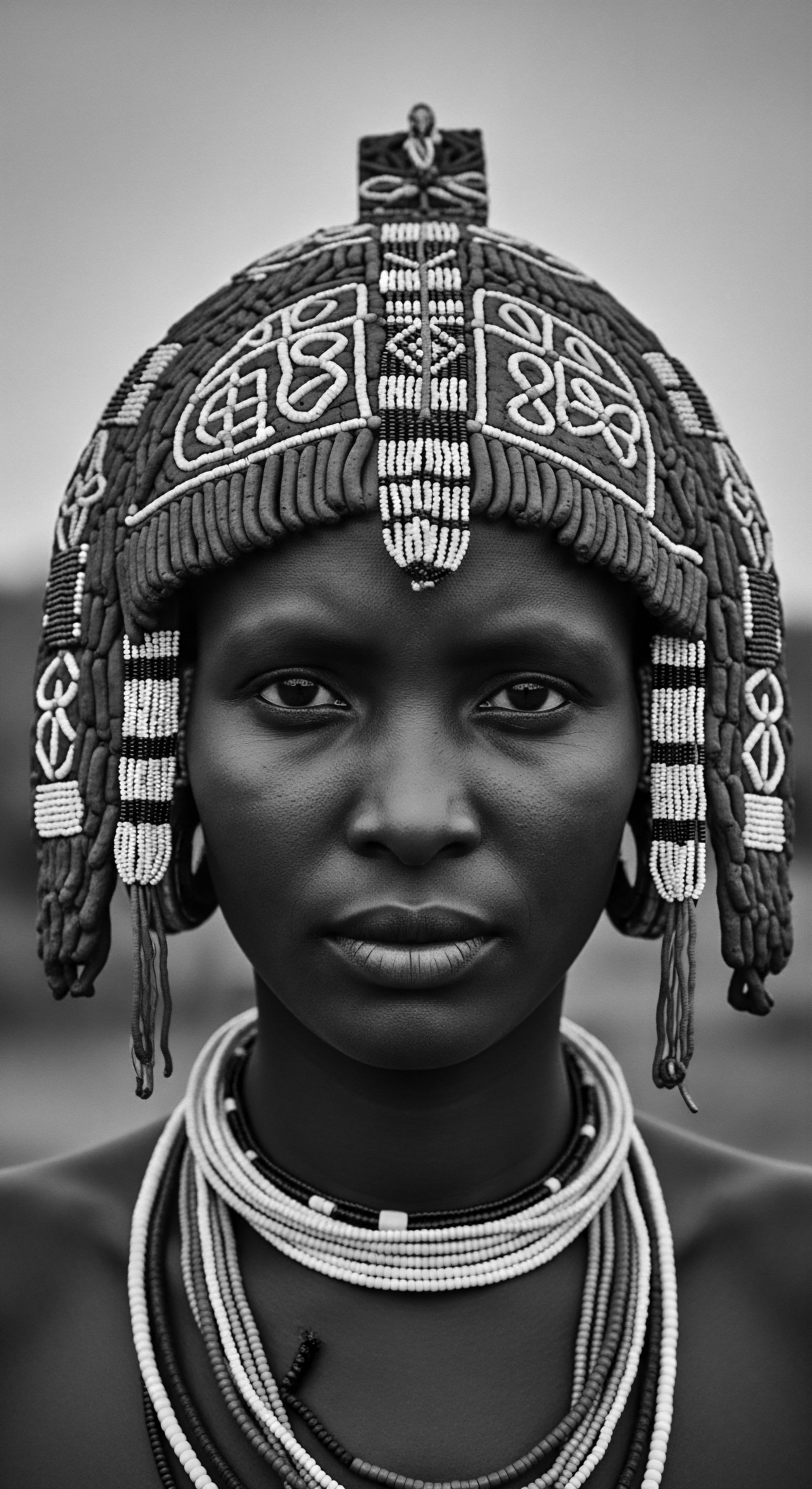
What spiritual meaning did wigs hold in ancient Egypt?
Ancient Egyptian wigs represented divine connection, social standing, and ritual purity, deeply tied to textured hair's ancient heritage.
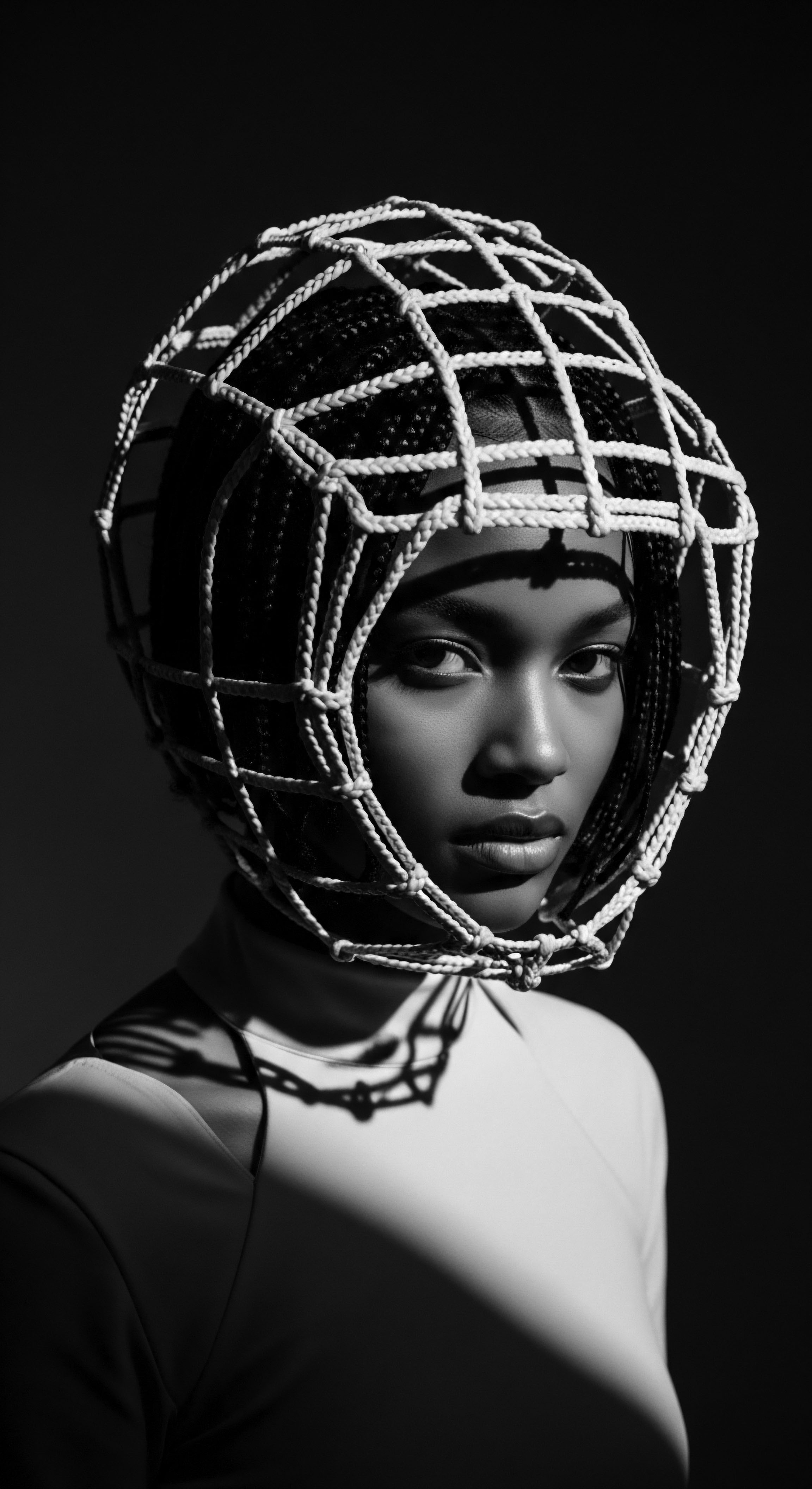
Did Egyptian wig use reflect ancestral haircare traditions for textured hair?
Egyptian wig use reflected ancestral haircare traditions by offering protection, hygiene, and social status for diverse hair textures.
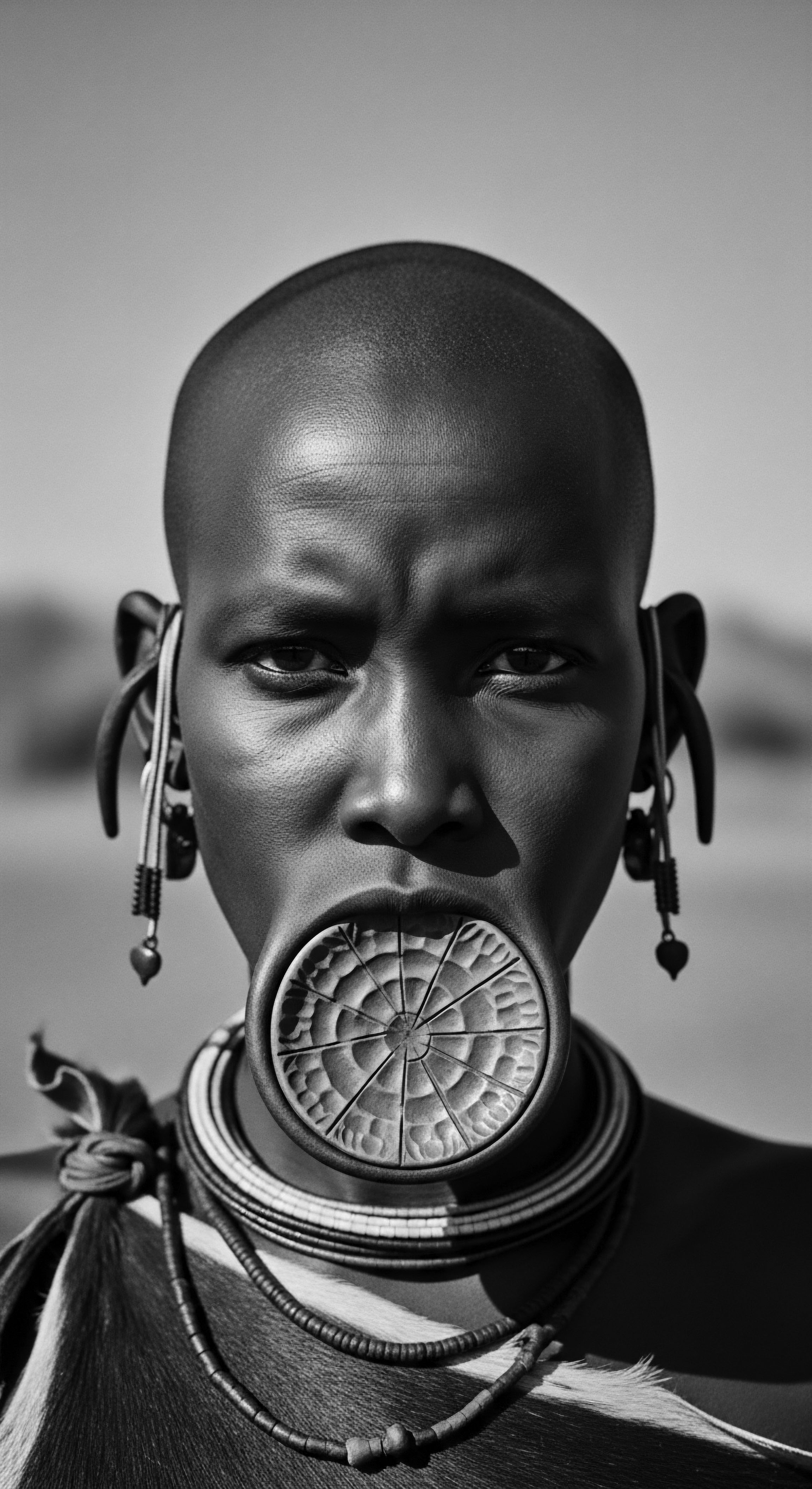
How did Egyptian wig practices relate to textured hair heritage?
Ancient Egyptian wig practices underscore a rich heritage of purposeful hair adornment and protection for textured hair.
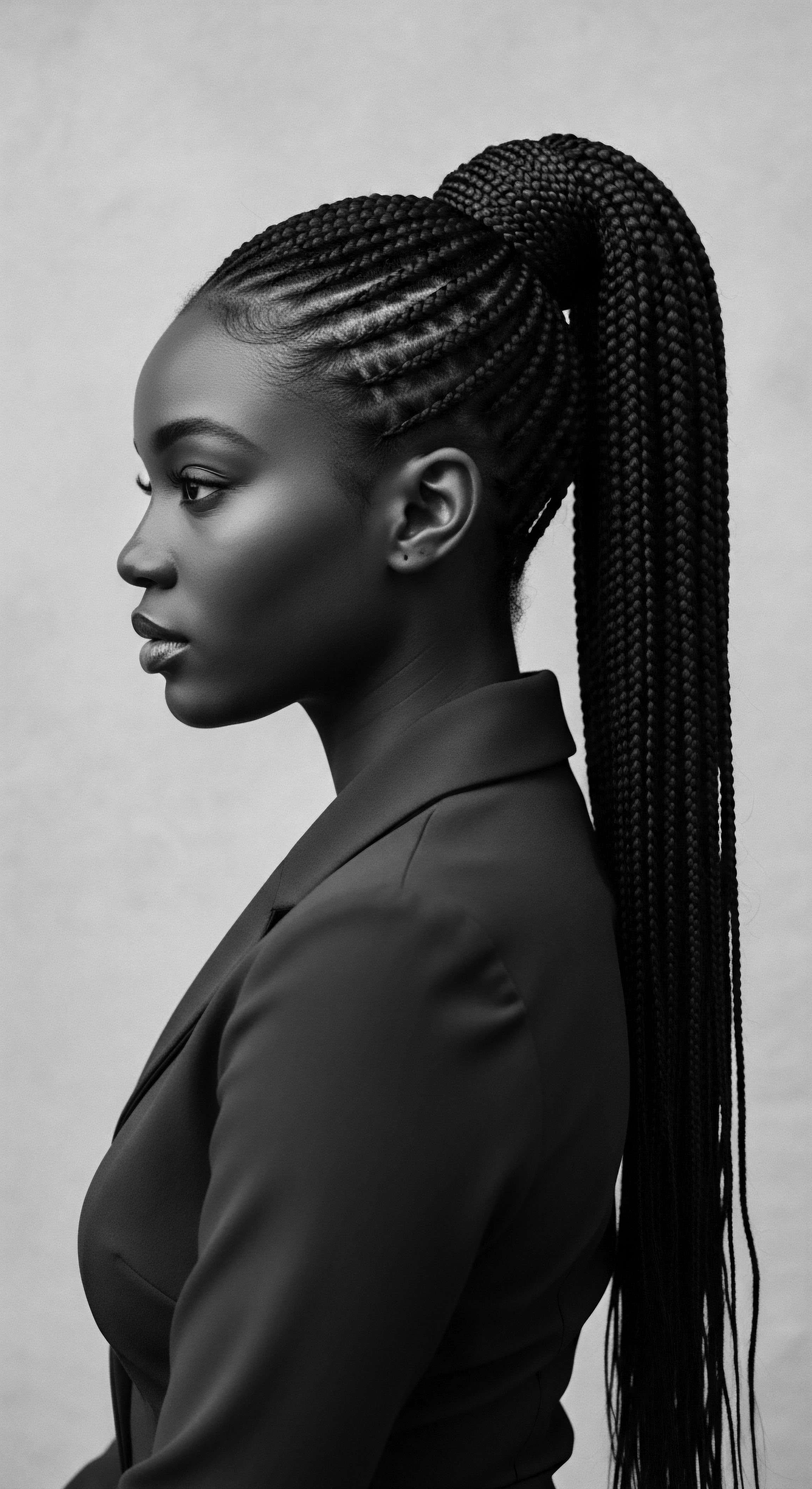
What is the historical significance of wigs in ancient Egyptian culture for textured hair?
Ancient Egyptian wigs, often crafted from textured hair, served as crucial symbols of status, hygiene, and ancestral protection against environmental elements.
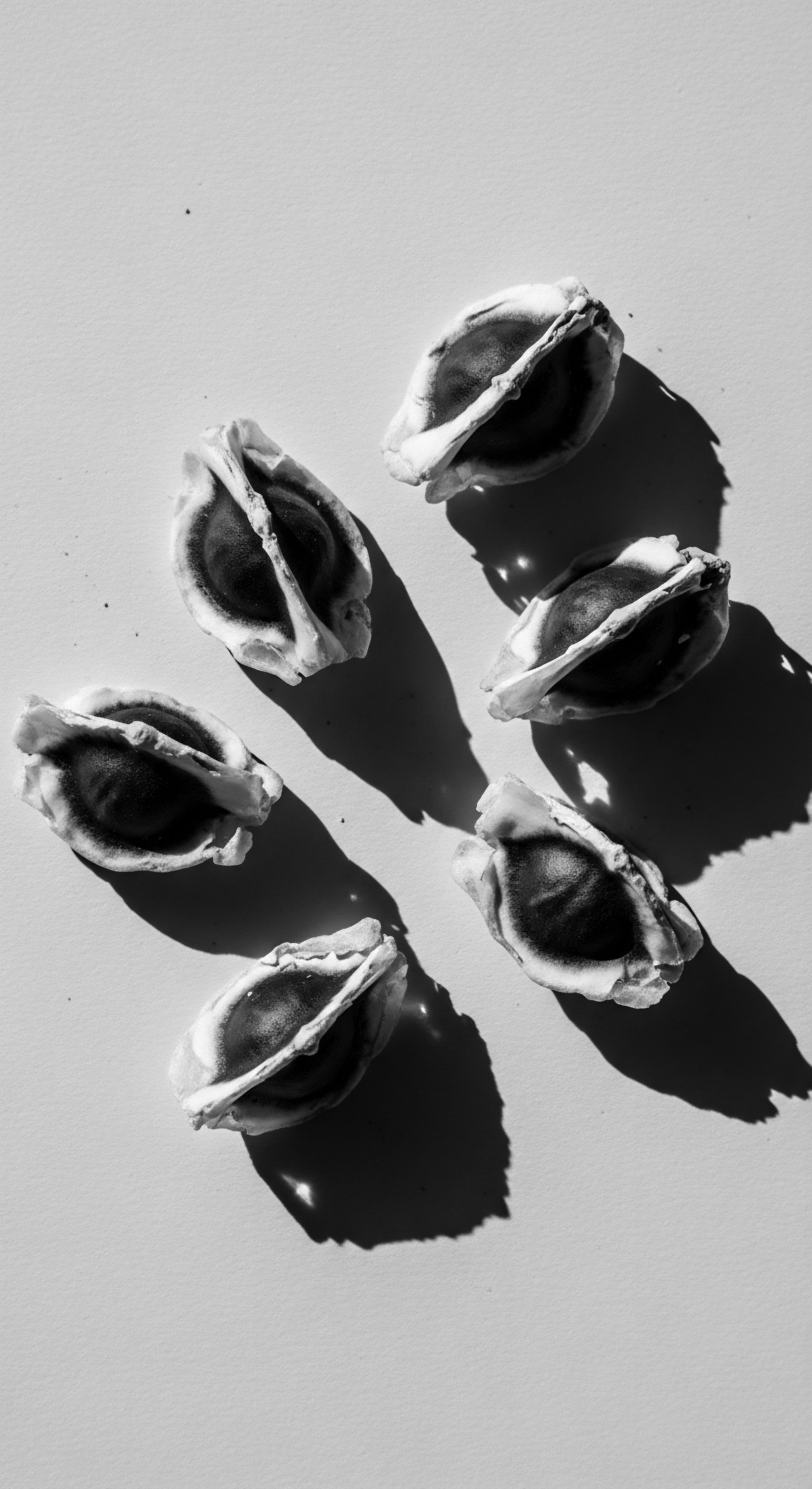
Egyptian Hair Status
Meaning ❉ Egyptian Hair Status signifies the profound societal and spiritual meaning of hair in ancient Egypt, a deep ancestral connection to textured hair heritage and care.
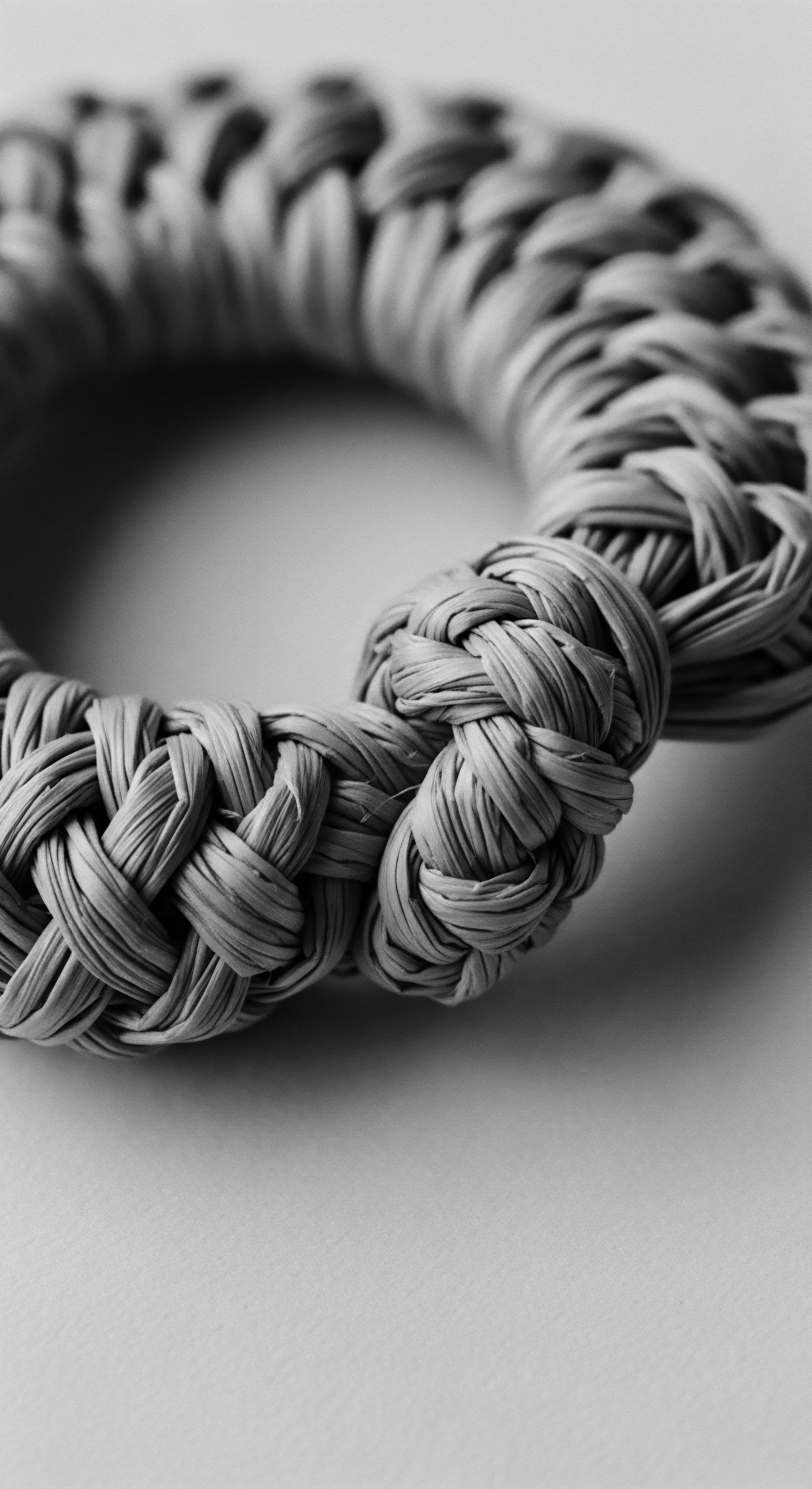
What is the historical significance of ancient Egyptian wigs in textured hair heritage?
Ancient Egyptian wigs symbolize early textured hair heritage, reflecting status, hygiene, and intricate styling artistry rooted in African ingenuity.
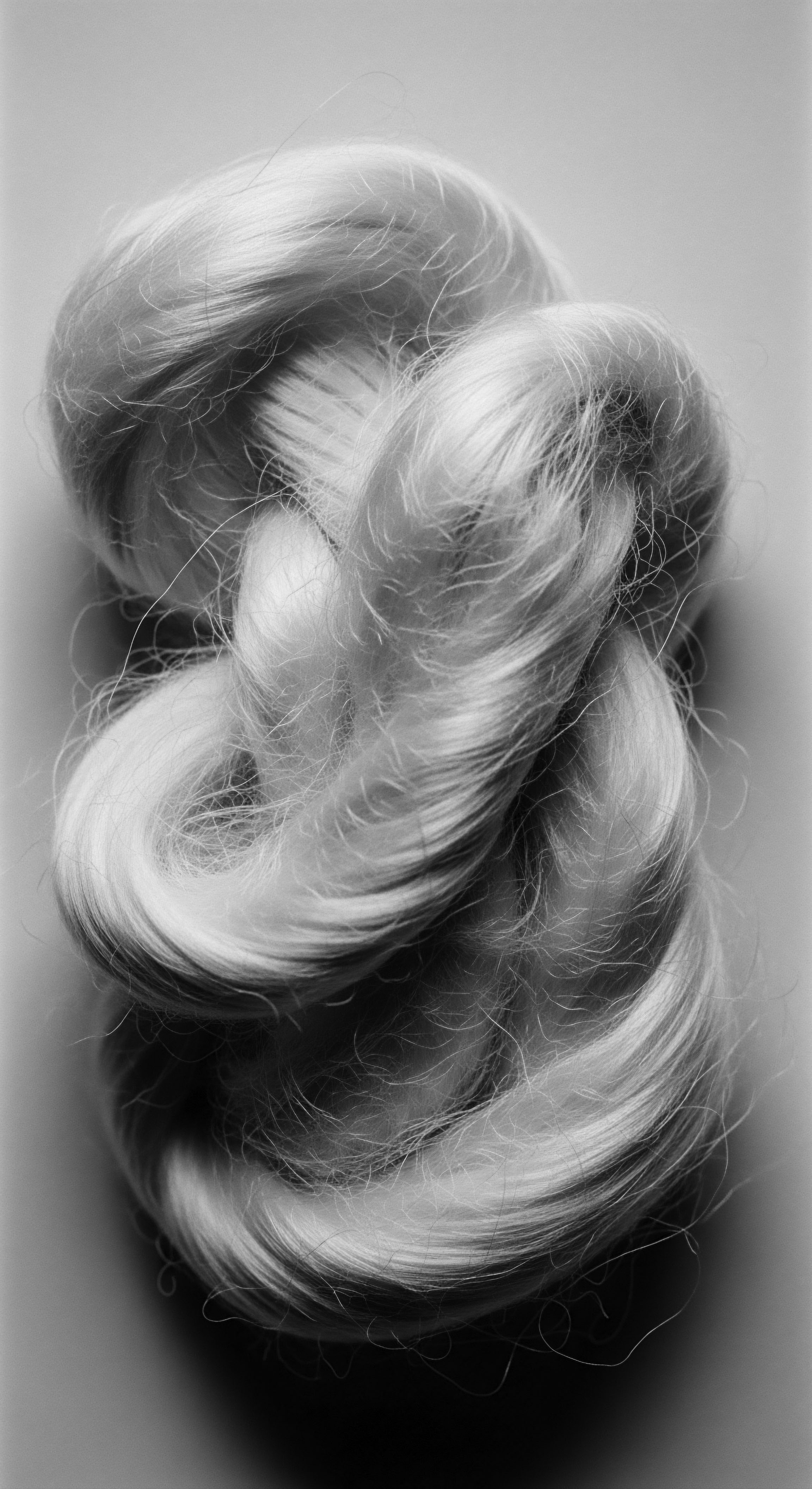
Egyptian Society
Meaning ❉ Egyptian Society's interaction with hair represents a complex interplay of identity, status, and ancestral wisdom concerning its care.
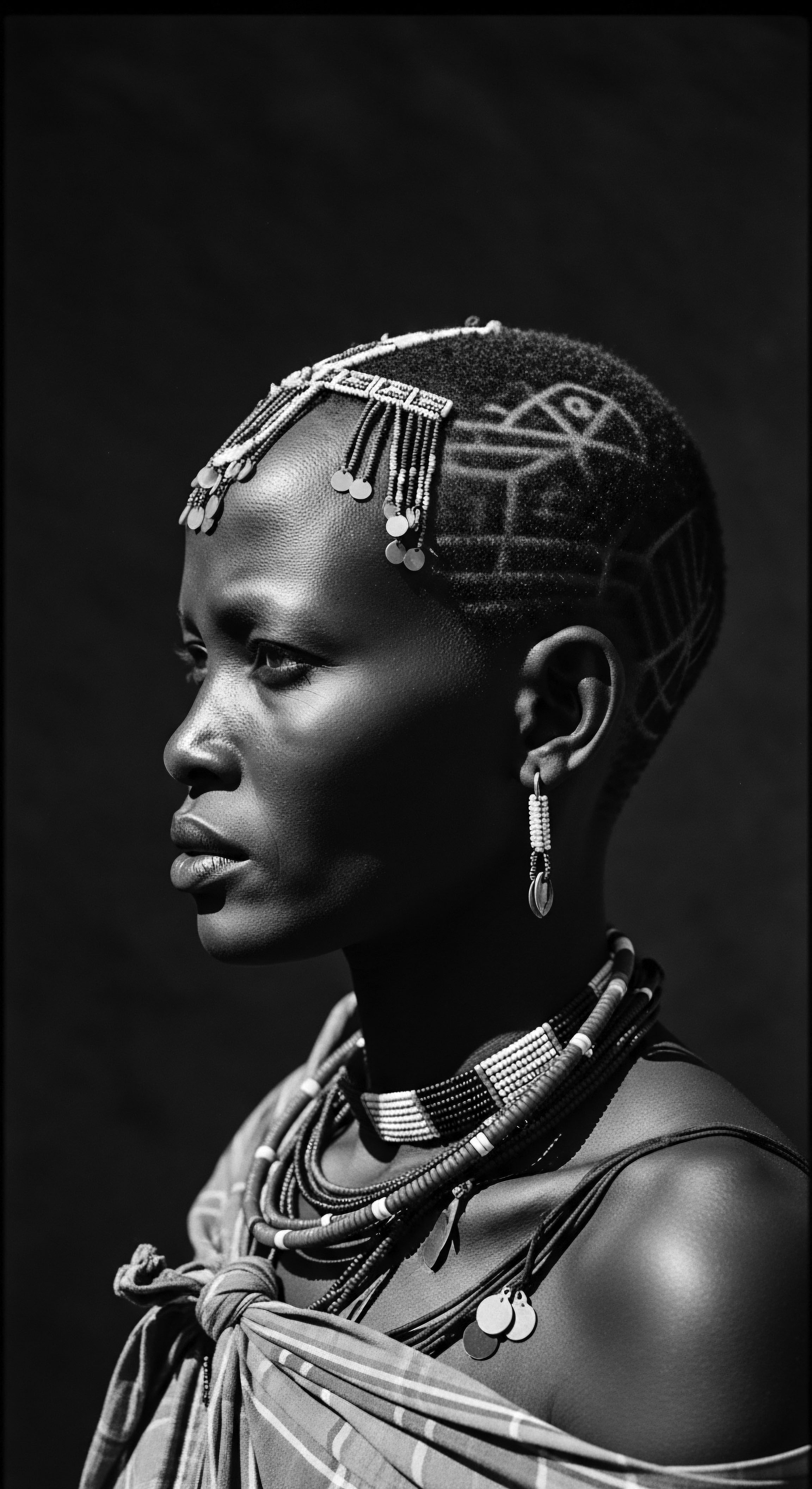
In what ways did wigs signify status in ancient Egyptian textured hair practices?
Wigs in ancient Egypt primarily conveyed high status, wealth, and ritual purity, deeply rooted in textured hair heritage and cultural expression.
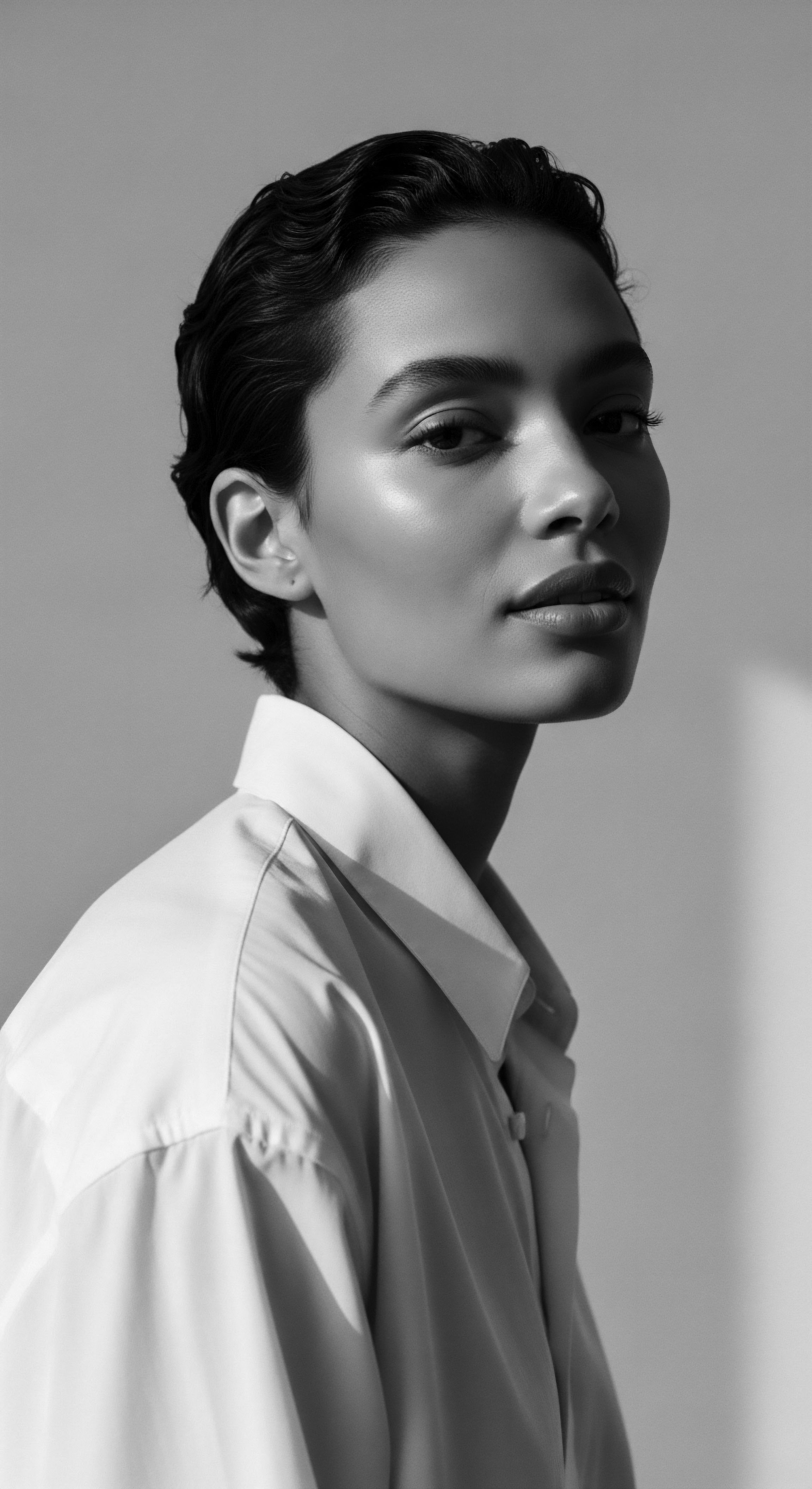
Kemet Culture Beauty
Meaning ❉ Kemet Culture Beauty is an ancestral philosophy of holistic self-presentation, deeply rooted in ancient Egyptian hair care and identity.
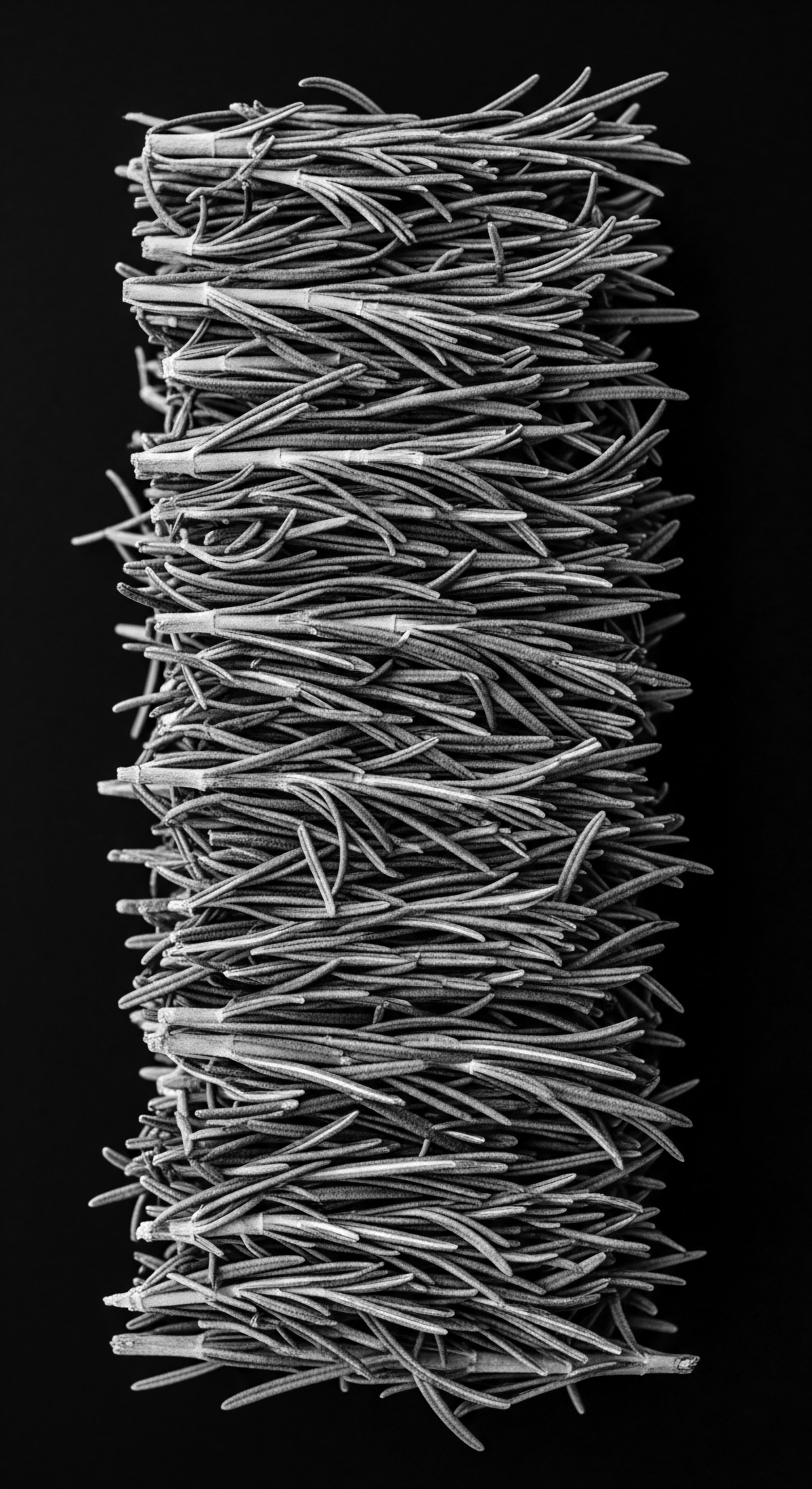
Ceremonial Wigs
Meaning ❉ Ceremonial wigs are meticulously crafted hairpieces used in significant cultural, spiritual, or status-affirming rituals within diverse communities.
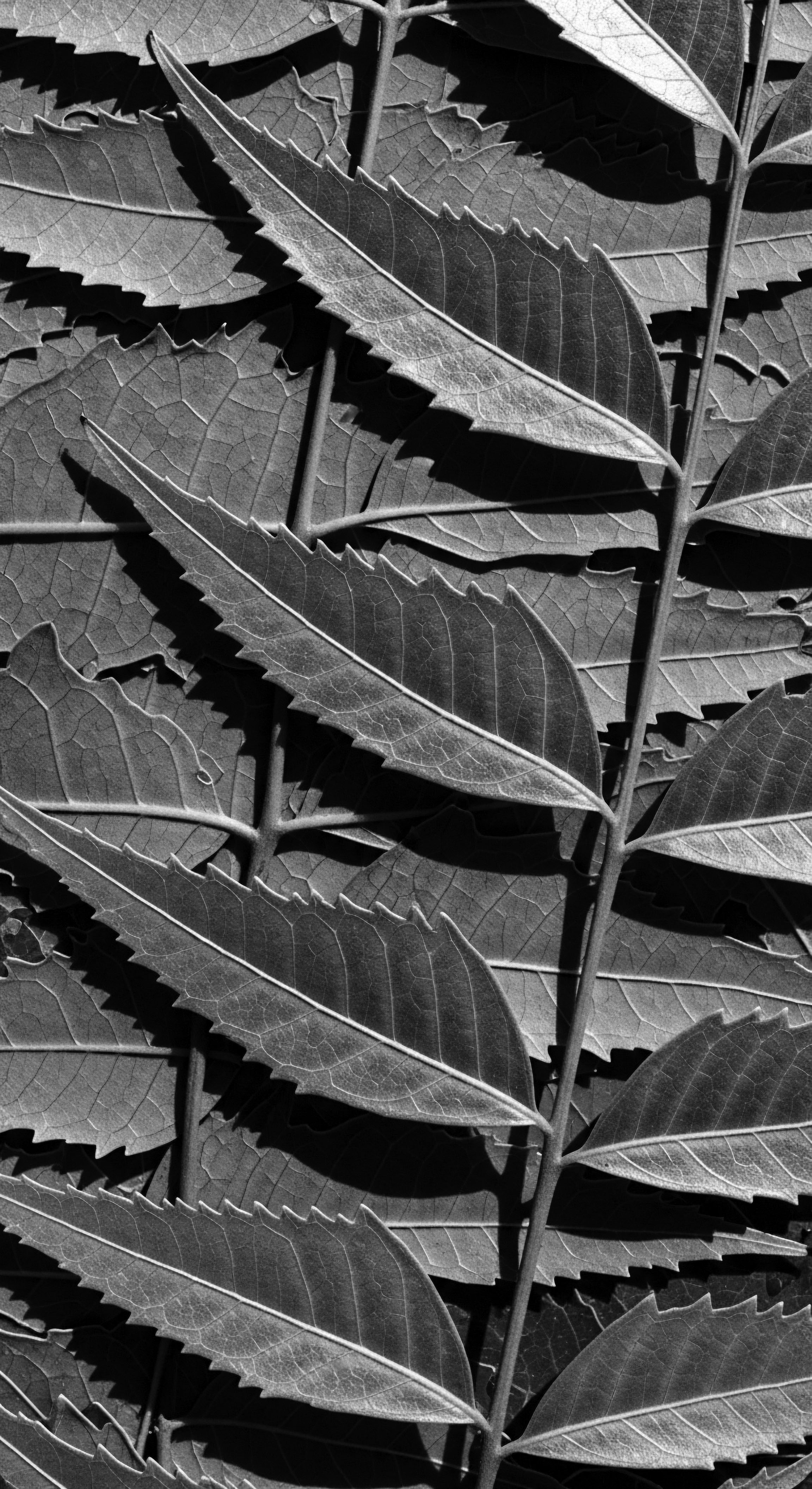
Biblical Cosmetics
Meaning ❉ Biblical Cosmetics refers to ancient personal care and adornment using natural materials, deeply intertwined with hygiene, spiritual rites, and cultural identity.
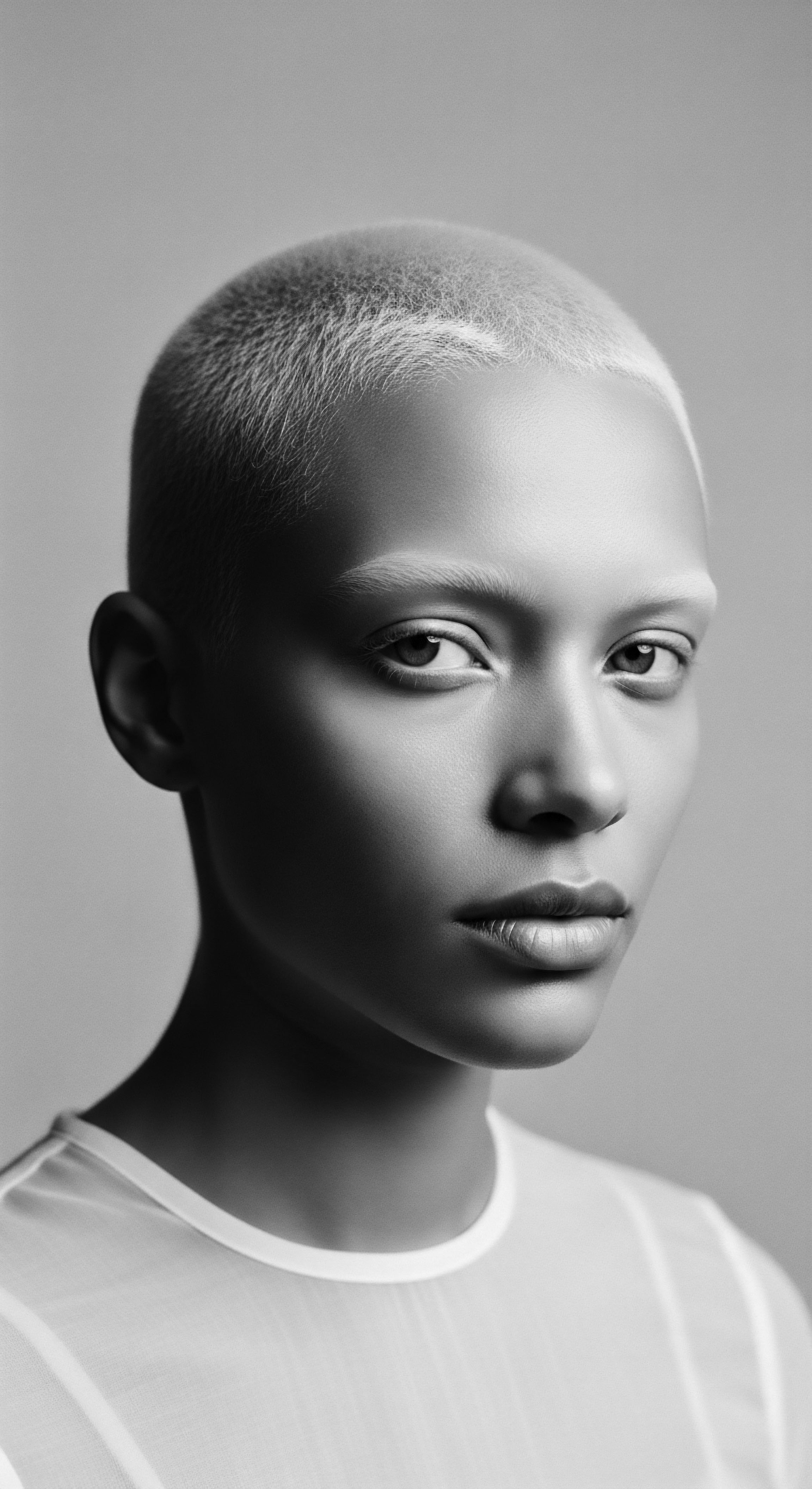
How did ancient Egyptian wigs contribute to hair health and social standing?
Ancient Egyptian wigs signified wealth, purity, and social standing, while offering protective care for textured hair heritage.
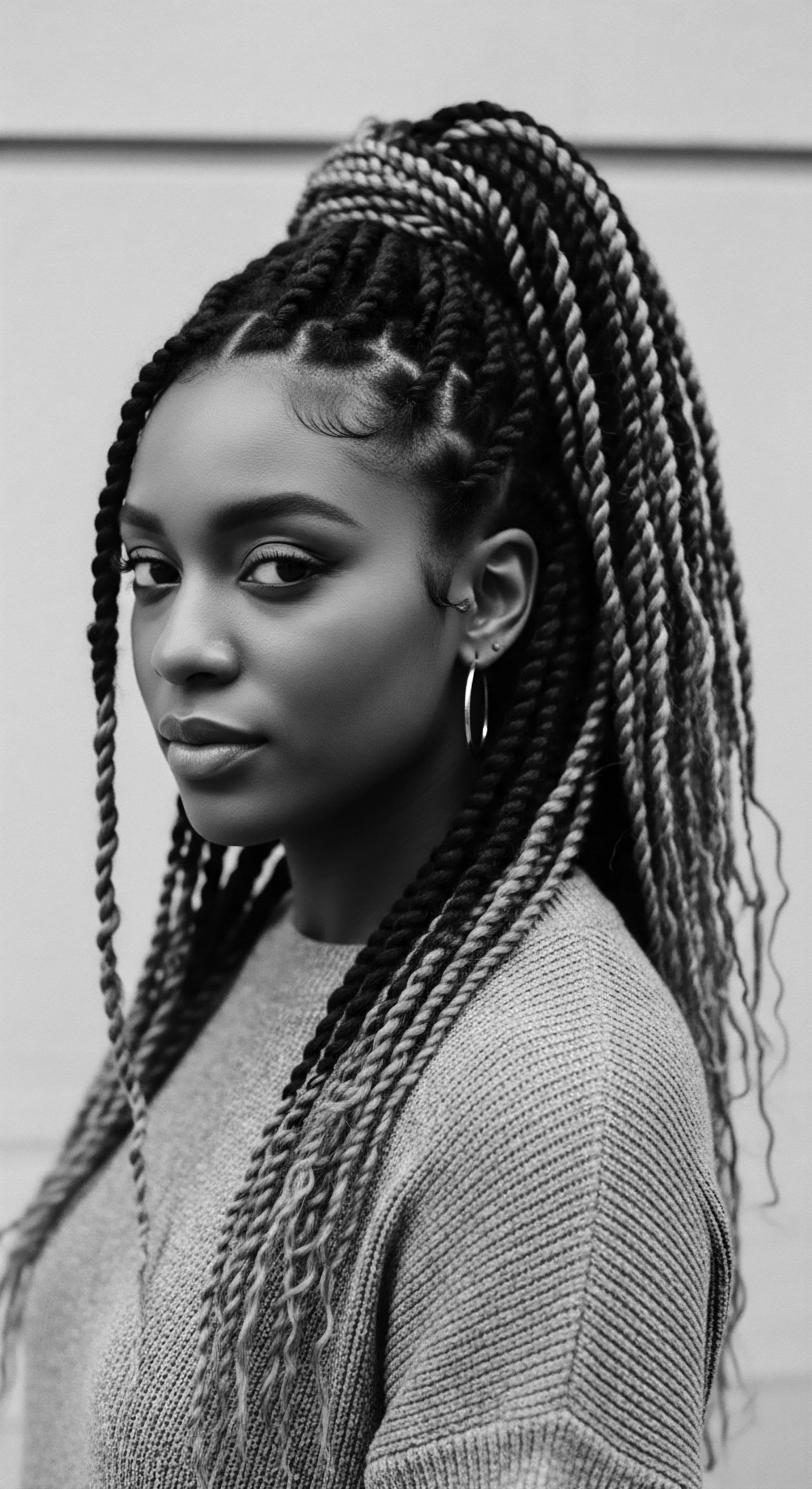
Wigs Egypt
Meaning ❉ Wigs Egypt signifies the ancient Egyptian practice of creating and wearing artificial hairpieces as complex symbols of status, hygiene, and ritual.
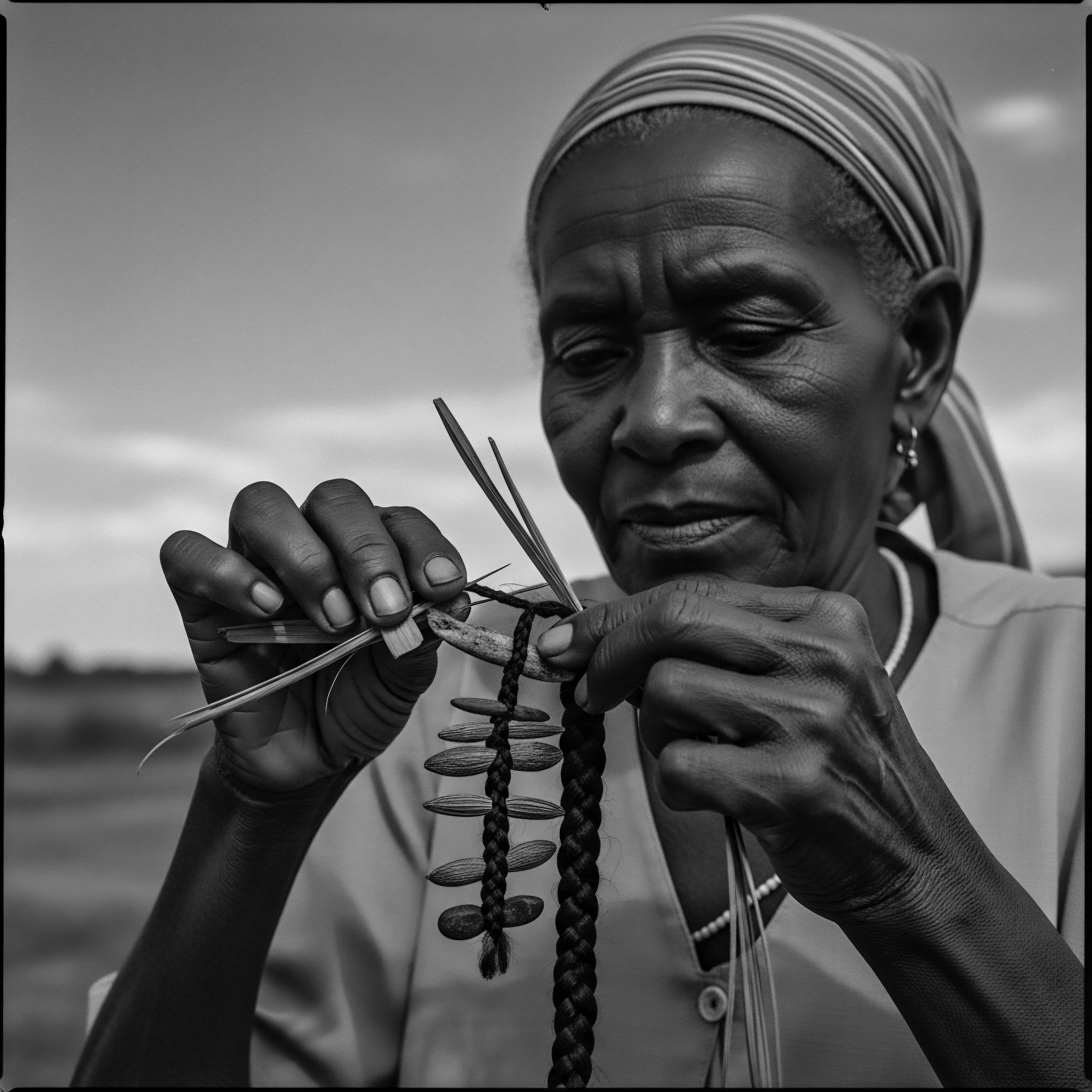
Hair Rituals Egypt
Meaning ❉ Hair Rituals Egypt encompasses the ancient Egyptian practices and beliefs surrounding hair care, styling, and its profound cultural and spiritual significance for identity.
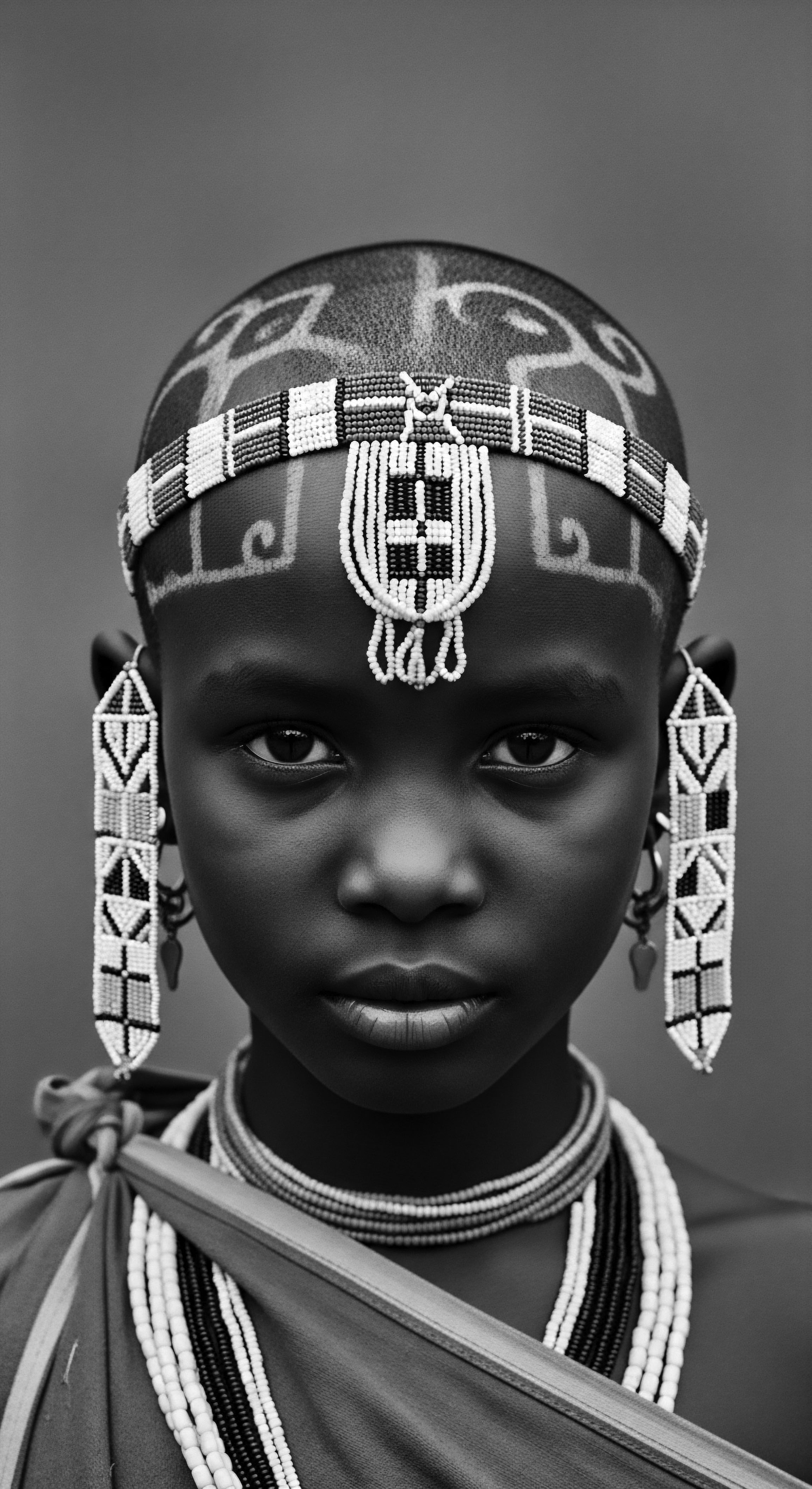
Amarna Period Hair
Meaning ❉ Amarna Period Hair defines the distinct, often elaborate, hairstyles and wig practices of ancient Egypt's Amarna era, revealing deep ancestral connections to textured hair heritage.

Wig Symbolism Egypt
Meaning ❉ Wig Symbolism Egypt explores the profound cultural, social, and spiritual meanings of artificial hair in ancient Egyptian society.
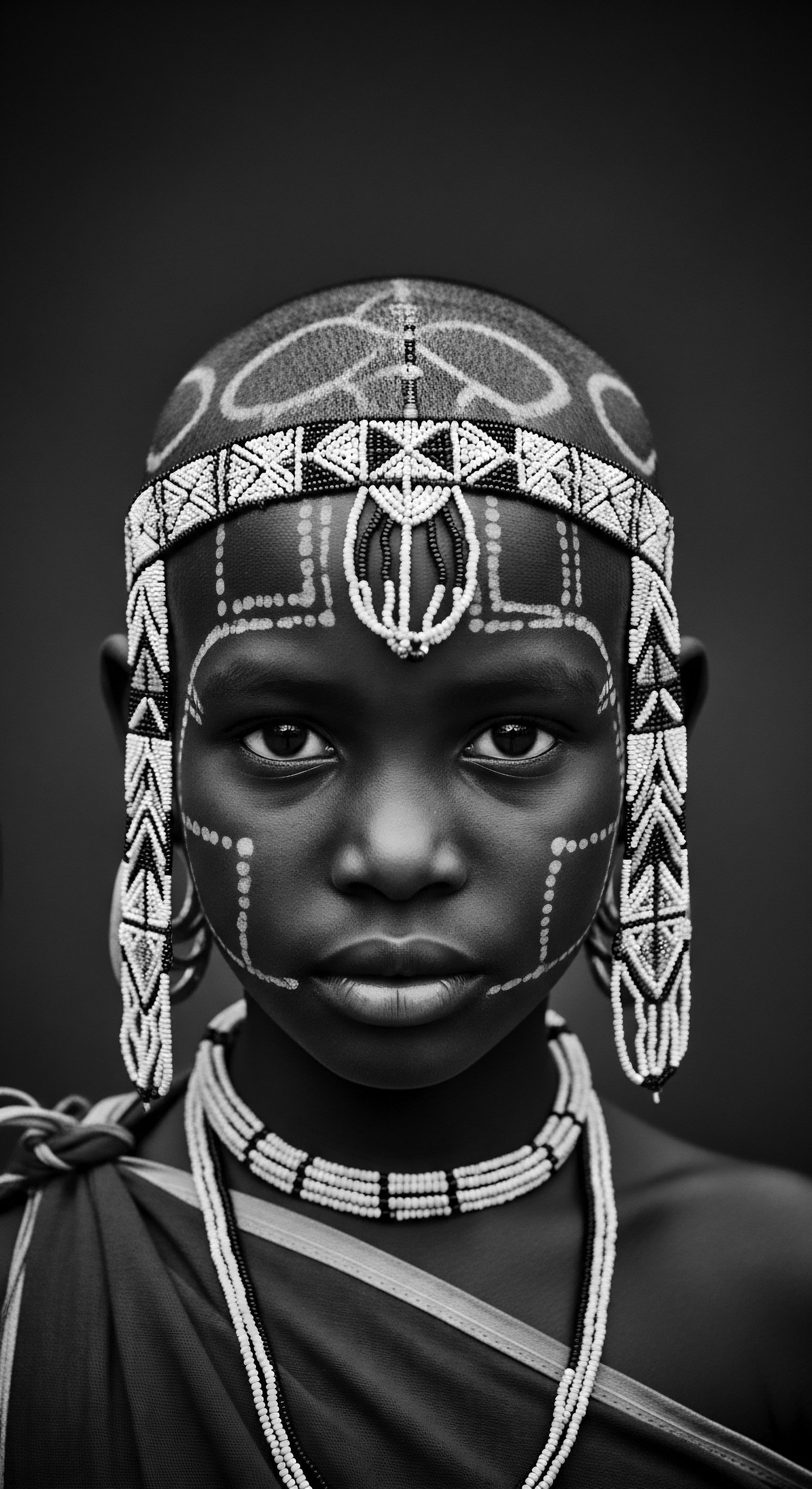
Egyptian Heritage
Meaning ❉ Egyptian Heritage, in the context of textured hair, represents a profound legacy of ancient practices, ingredients, and symbolic meanings.
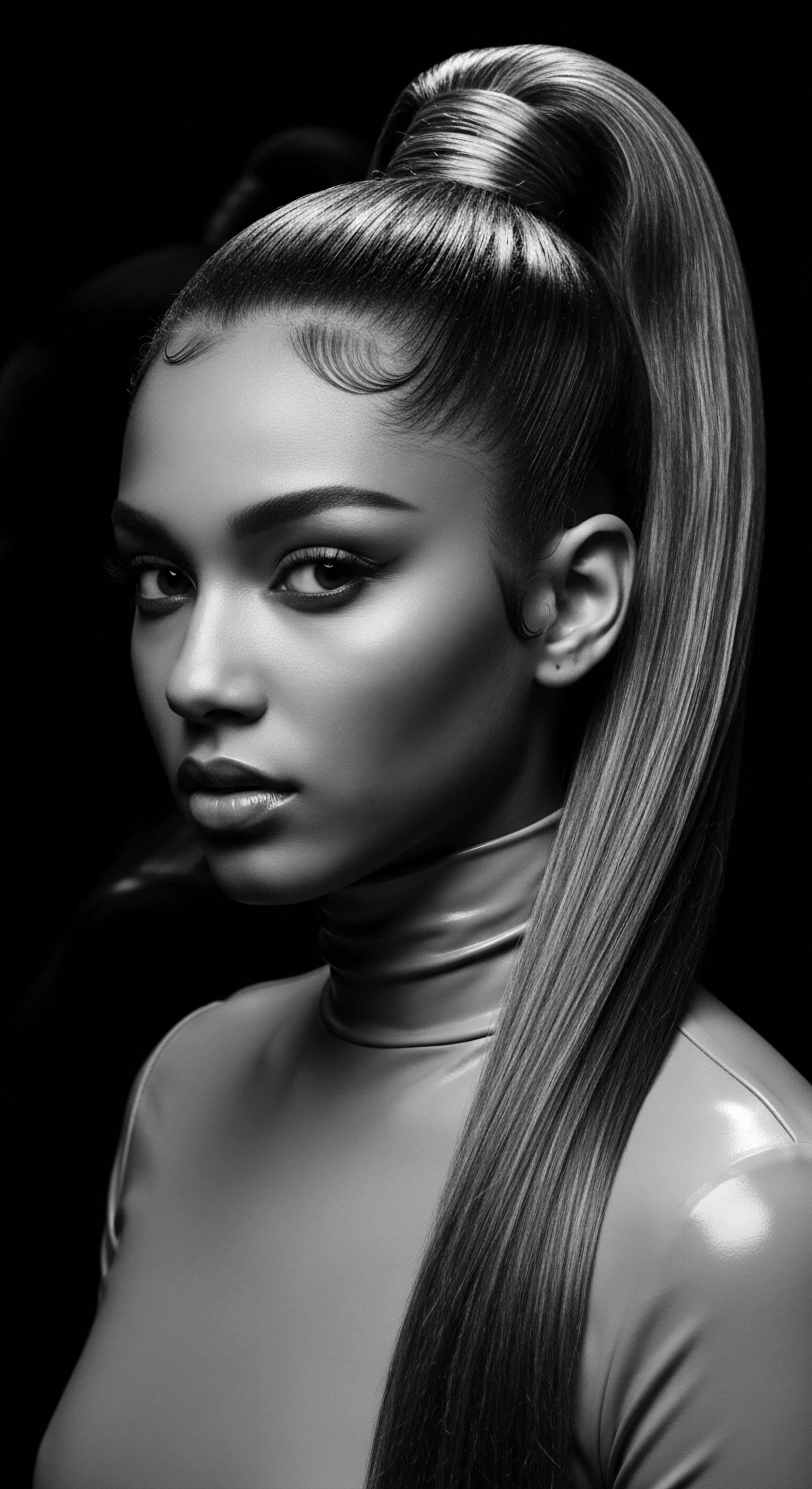
Ancient Egyptian Wigs
Meaning ❉ Ancient Egyptian Wigs are meticulously crafted hairpieces signifying status, identity, and hygiene, deeply connected to textured hair heritage.
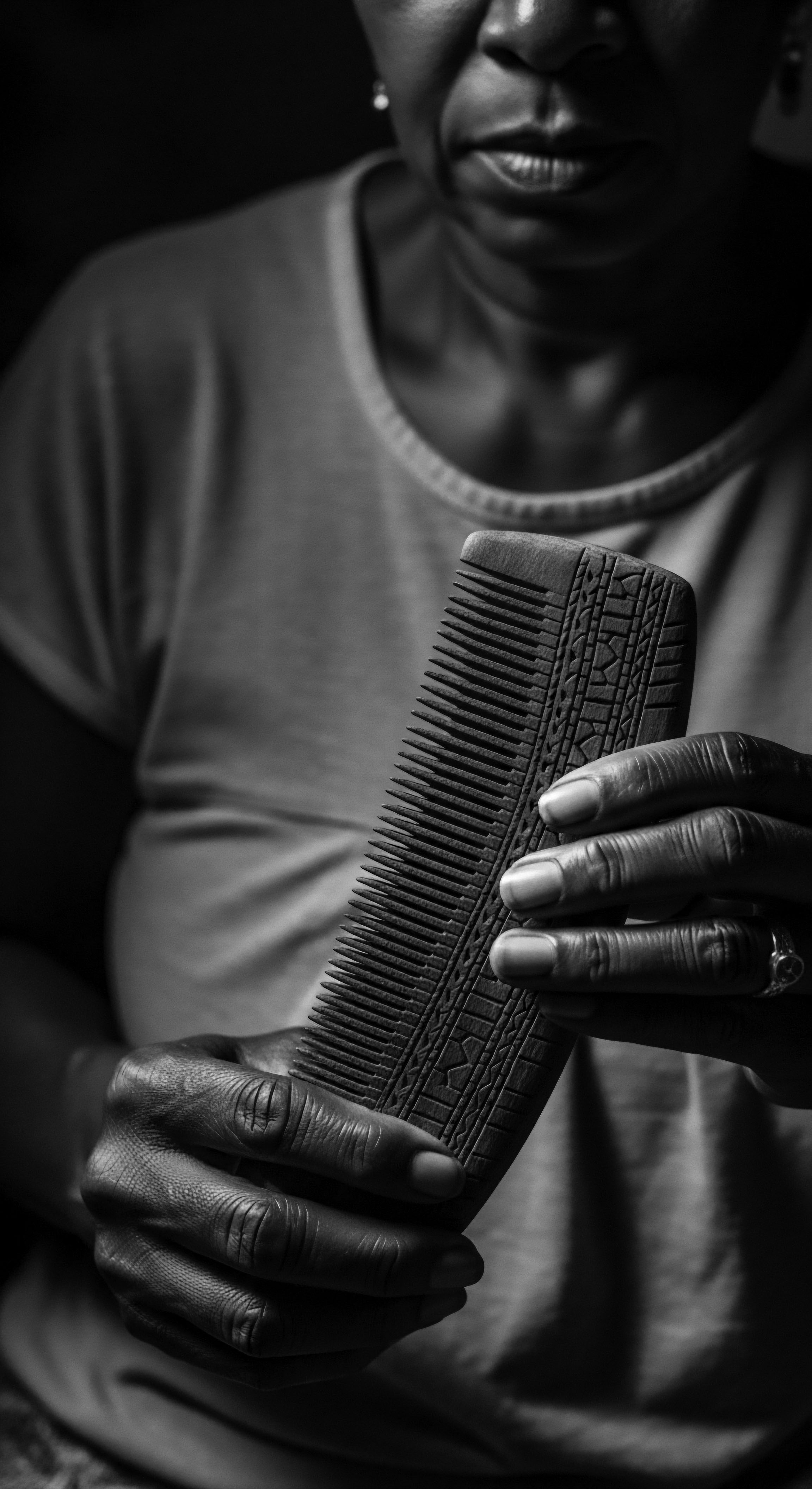
Ancient Egypt Hair
Meaning ❉ Ancient Egypt Hair signifies the sophisticated hair care practices and cultural meanings embedded in diverse hair textures of ancient Kemet.

Egyptian Wigs
Meaning ❉ The Egyptian wig is a profound historical expression of identity, status, and care, deeply connected to textured hair heritage and ancestral practices.

